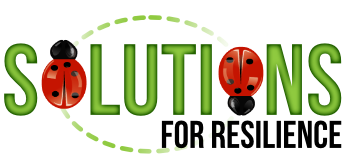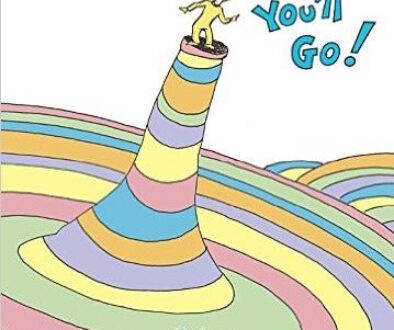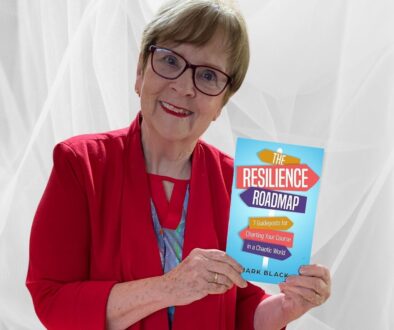When Society Becomes an Addict – Book Summary
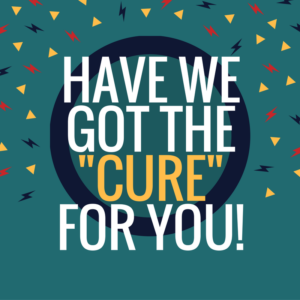
We live in an addiction-prone culture filled with many invitations to become addicted. Magazine and television advertisements are filled with promises of a quick fix (they say cure) from many physical, mental or emotional discomforts. I am not denying the need for medications for real pain, clinical depression or other mental health disorders. But we need to mindful that we don’t support a society that becomes an addict.
The problem with the inundation of these advertisements is that they are all about a quick fix for an everyday headache that could be remedied by some deep breathing. If you are feeling sad or low a healthier, but still quick fix remedy, would be to shed some tears for your loss. We are also bombarded with quick fixes for happiness from a fast weight loss program to the elation of looking a certain way or owning a certain item.
What these examples have in common is an avoidance of uncomfortable feelings; uncomfortable feelings that our primitive or unconscious brain tells us we need to escape for our survival. I know myself that I am vulnerable to avoiding emotional ache by sleeping. Years ago that tendency moved me into a depressive state, but I have since learned how to be more emotionally resilient.
Along the way I discovered Anne Wilson Schaef, attended two of her workshops and read her books. Here is a summary of one of Wilson Shaef’s books.
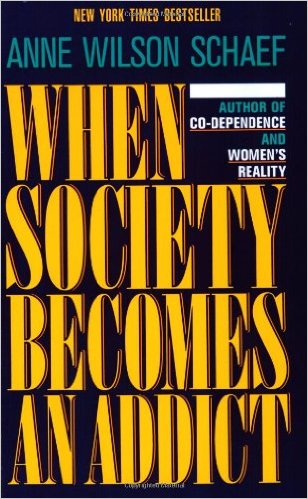 Overview:
Overview:
Anne Wilson Schaef, author of When Society Becomes an Addict, is a well-respected addiction expert and author who proposes that we are washed in an addiction oriented culture. She wrote about two main addiction categories:
- Process Addictions include activities such as computer use, sex, shopping, chasing money, gambling, hoarding objects, religion, and television viewing.
- Consumption Addictions include food, sugar, nicotine, alcohol, prescription drugs, and illegal drugs.
Basic Concepts:
Wilson Schaef said “Our work as human beings in this life is to bring as much as we can of our unconscious so that we know what we’re dealing with and we have the opportunity to heal it.” That is hard to do when you are buried in an addiction.
Ann Wilson Shaef’s Addiction Indicators
Check the indicators below that identify if you have been trapped into a process or a consumption addiction.
- You feel powerless to stop.
- You experience health related issues.
- Your relationships are strained. Your family and friends complain.
- You neglect more aspects of your life—mismanaging finances and commitments.
- Your work and home life suffer from the inability to meet expectations.
- You easily feel irritable or angry if you do not have your fix.
- You experience hard to avoid cravings.
- When you try to do without your fix, you go into a state of anxiety.
If you have one or more checked off, reach out for help. Here is an article on Reach Out for Help: How To Find a Therapist.
Conclusion:
If you believe you are vulnerable to an addiction, the best prevention is to become more accepting of your feelings. That is not an easy task in our emotion-avoidant culture. Here are some optional ways to become emotionally resilient:
- Explore a twelve step program such as AA or Emotions Anonymous.
- Hire an emotionally focused coach.
- Arrange for at least six sessions of personal counseling.
- Go to a wellness seminar or retreat with an author, psychologist or healer you admire. For example, in Canada Hollyhock hosts many well-known healers while Omega is one of many in the US. Also, look into The Hoffman Institute.
- Take a meditation class and/or join a spiritually oriented group
Please check out these related posts:
